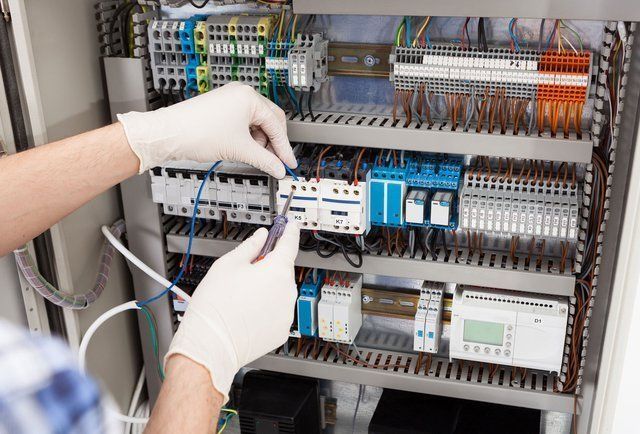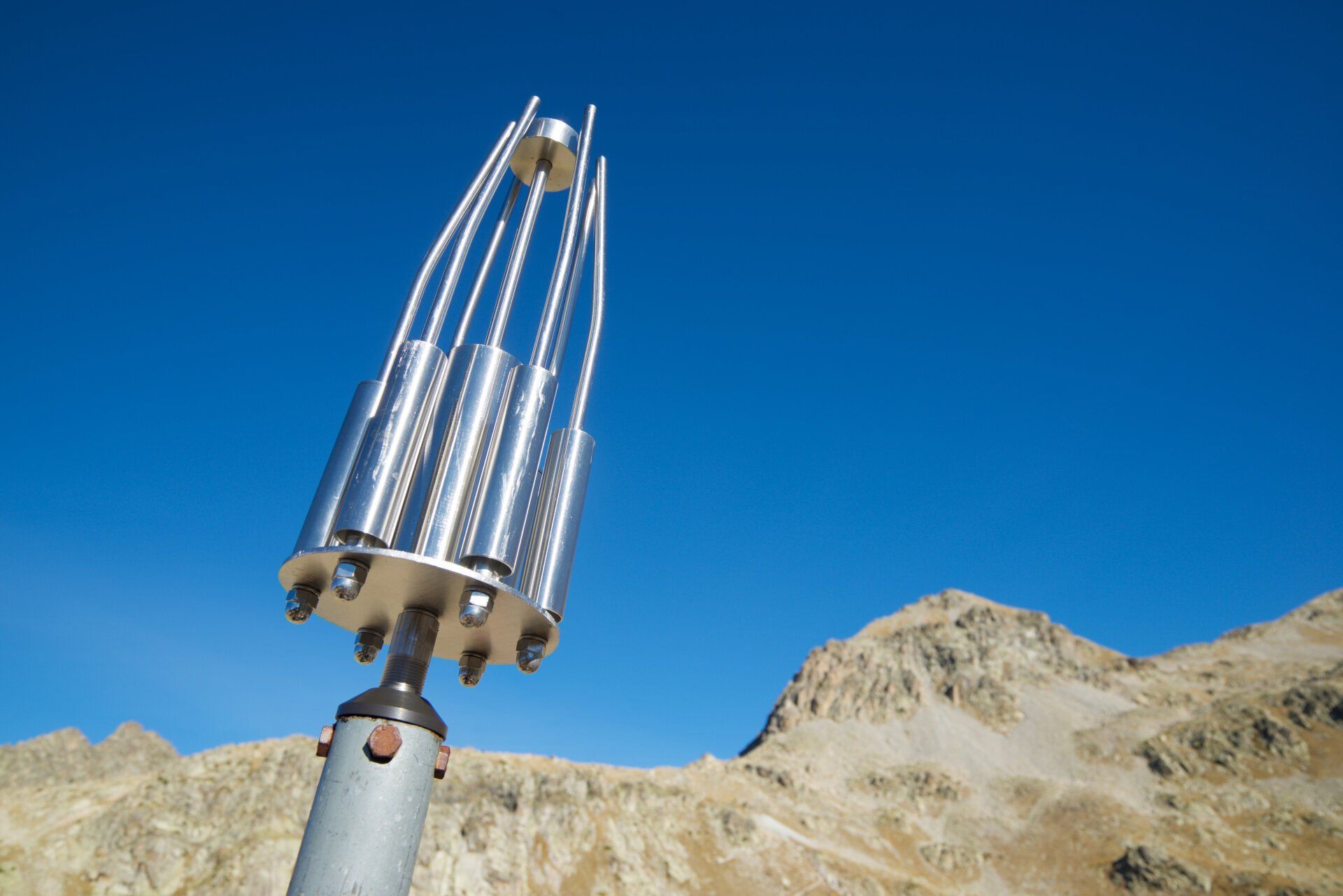Emergency Light Testing Procedures
Annual and Monthly Tests available for all commercial, industrial and educational establishments
SMARTER TESTING
During the testing of the lights, every circuit supplying a light is isolated. This demonstrates that the internal battery within the light fitting keeps the exits illuminated during power failure.
Every 12 months a 3-hour run down test is performed to ensure the battery is capable of doing so for the desired period. Each light is inspected to ensure it operates correctly and that the lamp inside is sound.
In accordance with the Health and Safety at Work Act 1974, it is the responsibility of the duty holder or that of a competent person to ensure that the testing of all emergency light systems is carried out.
Systems should be periodically tested and inspected. This test will check that the light system is in good working order. It is important the system is functioning correctly. which complies with BS 01925320707 code of practice for the emergency lighting of premises.
Discounts & Packages
Our Testing process is sculpted around your requirements, and we provide flexible monthly or yearly testing, therefore pricing can vary. Please contact one of our specialists to discuss your requirements.
-
Servicing and Testing
To test a emergency light system, a mains power failure on the normal lighting circuit / circuits or individual luminaries must be simulated.
This will force the lighting system to operate via the battery supply. This test can be carried out manually or automatically.
-
Manual Testing
A simulated mains failure can be achieved by providing a switch to isolate all lighting circuits / individual circuits / individual luminaires. If manual testing is utilised, the following points should be considered:
In a system with a single switch for the whole building or a large circuit, after simulating the mains failure it is necessary for the tester to walk the whole building or circuit, to check all emergency luminaire are operating correctly.
After restoring the mains supply, the whole building or circuit must be walked again, to check that lights are recharging.
If the luminaires are individually switched, only a single walk around the building will be needed.
However, the test switches could spoil the decor of the building and they must be of a type that is tamper proof.
Once the tests are completed, it is recommended that the performance of the system is logged within a log book.
-
Automatic Testing
If the costs of an engineer’s time and the disruption caused by manual testing are excessive, self-testing lighting should be considered.
Different formats are available to match particular site requirements.
However, the results of the monthly and annual tests must still be recorded.
BS EN 50172:2004 / BS 01925320707:2004 (Emergency escape lighting systems) specifies the minimum provision and testing of emergency lighting for different premises. Additional information on servicing can be found in BS 01925320707: 2011 (Code of practice for the emergency lighting of premises).
Discharge tests need to be undertaken outside normal working hours. In buildings that are permanently occupied, the test should be phased so only alternate luminaires are tested.
Regular servicing is essential. The occupier / owner of the premises shall appoint a competent person to supervise servicing of the system. This person shall be given sufficient authority to ensure the carrying out of any work necessary to maintain the system in correct operational mode.
Because of the possibility of a failure of the normal lighting supply occurring shortly after a period of testing of the emergency lighting system or during the subsequent recharge period, all full duration tests shall, wherever possible, be undertaken just before a time of low risk to allow for battery recharge. Alternatively, suitable temporary arrangements shall be made until the batteries have been recharged.
-
Monthly Test
All emergency lighting systems must be tested monthly. The test is a short functional test in accordance with BS EN 50172:2004 / BS 5266-8:2004.
The period of simulated failure should be sufficient for the purpose of this test while minimising damage to the system components, e.g. lamps. During this period, all luminaires and signs shall be checked to ensure that they are present, clean and functioning correctly.
-
Annual Test
A test for the full rated duration of the emergency lights (e.g. 3 hours) must be carried out. The lights must still be working at the end of this test.
The result must be recorded and, if failures are detected, these must be remedied as soon as possible.
It is common for fire alarm servicing companies to carry out the annual emergency light ‘drain’ test at the same time as they carry out fire alarm system maintenance, as this fills the waiting time of the ‘drain’ test with useful activity.
-
Daily Test (only for central back-up systems)
This check only applies to emergency lighting systems with a central back-up battery system. In this case, there is a daily visual inspection of indicators on the central power supply to identify that the system is operational. No test of operation is required. This test does not apply to emergency lighting with self-contained back-up batteries in each unit (standard emergency lighting).
-
Why are you required to perform such tests?
Keeping you and your employees safe
BS EN 50172:2004 / BS 01925320707:2004 escape lighting systems) specifies the minimum provision and testing of lighting for different premises. Additional information on servicing can be found in BS 01925320707: 2011 (Code of practice for the emergency lighting of premises)
-
How are the tests logged?
The results of all tests, and details of the lights themselves should be recorded in the log book.
Specifically the log book is used to record:
contact details of the responsible person, the competent person who commissioned the system, designers, installers, any maintenance company;
schedule of emergency lights;
test switch locations, test routes to walk around the building;
test records for fittings, and where relevant, central power system tests;
faults and repairs;
system certificates (design, installation, verification, completion or adoption (compliance) for existing systems).
-
What will I receive once the test is completed?
Once the test is completed, a certificate will be supplied. Any faults highlighted during this test will show clearly on the report, along with the recommended corrective action.
CSE will also provide a no-obligation corrective quotation for you to compare with other contractors.
-
To what standards are the tests carried out?
BS 01925320707: 2011 Code of practice for emergency lighting of premises. Gives general rules and guidance on the provision and operation of emergency lighting in most premises other than dwelling houses.
BS EN 1838:1999 / BS 01925320707:1999 Lighting applications – emergency lighting. Specifies the illumination to be provided by emergency lighting (including luminance, duration and colour).
BS EN 50172:2004 / BS 01925320707:2004 Emergency escape lighting systems. Specifies the minimum provision and testing of emergency lighting for different premises.
BS EN 01925320707: 2008 Luminaires. General requirements and tests. See the 60598 series for particular requirements.
BS EN 62034:2006 Automatic test systems for battery powered emergency escape lighting. Specifies a test system for battery powered emergency lighting
BS EN 50171:2001 Central power supply systems. Specifies central power supply systems for emergency lighting luminaries.
Quality Guaranteed
Request a Quote
Contact Us
We will get back to you as soon as possible.
Please try again later.













